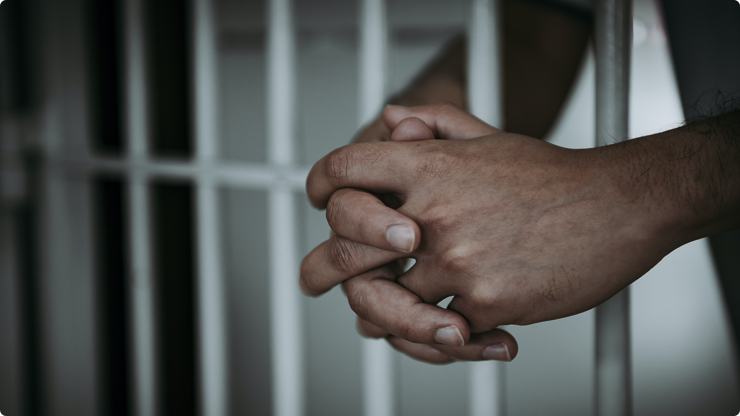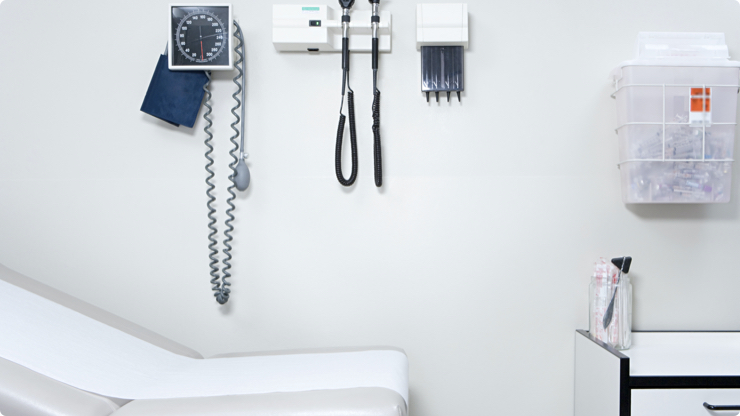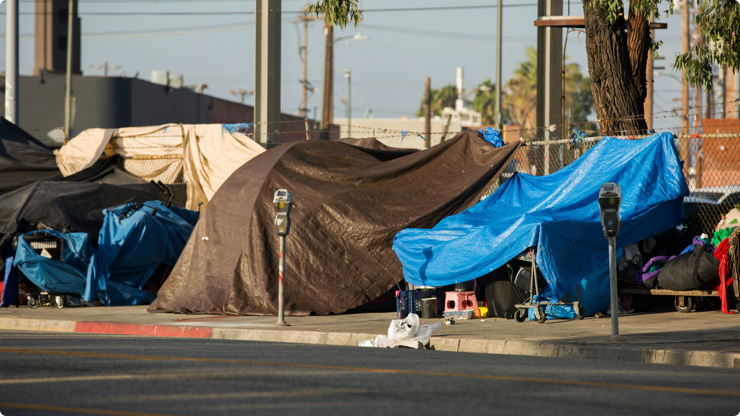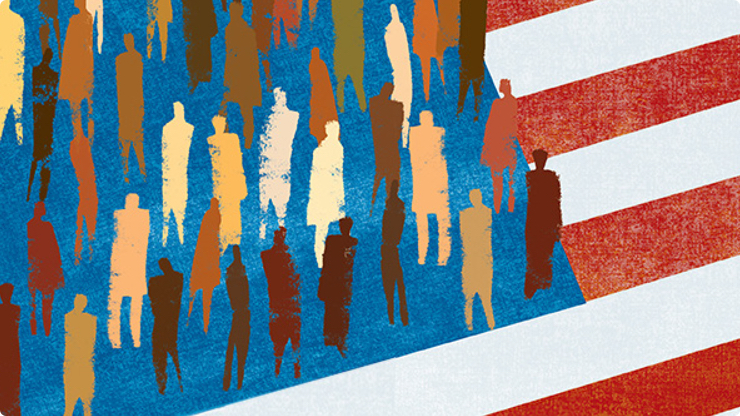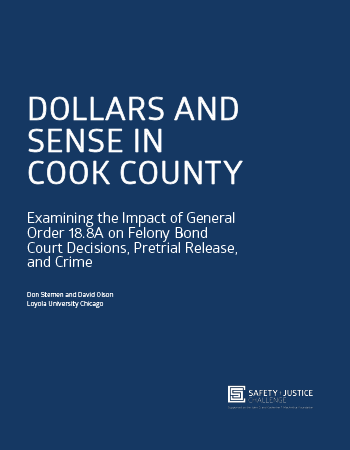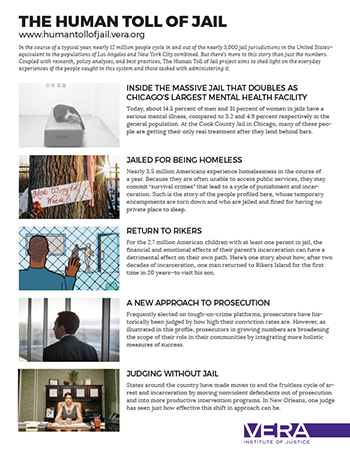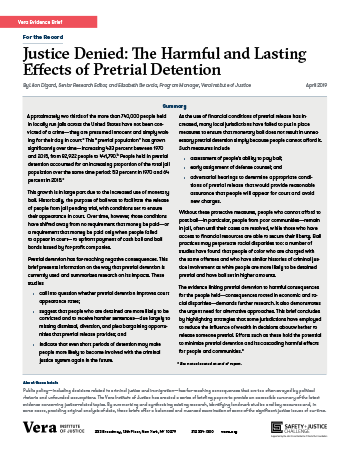Jails are primarily meant to detain people awaiting court proceedings who pose a danger to public safety or a flight risk. But with 11 million admissions a year, America’s jails hold many who are neither. In many places, jails have become crowded, overused warehouses for people who are too poor to post bail, who lack housing, or who suffer from mental illness, addiction, or both. In many cases, these people have been convicted of no crime—62% of people sitting in jails across the country are presumed innocent. And most have not even been accused of crimes that would threaten public safety—75% of people in jail are there for nonviolent offenses.
Jailing people unnecessarily has huge costs—especially for families and communities. They include lost income, damaged families, untreated mental and physical illness, wasted taxpayer dollars, more unemployment, more homelessness, and more crime—research shows that even a small amount of time spent in jail before trial is associated with increased criminal involvement later on.
Families and communities of color pay the heaviest price for America’s overuse of jails. Jails reflect our long history of racism in America. Across the country, Black, Indigenous, Latinx, and other people of color are over-policed, over-charged, and over-incarcerated in jails. Human rights and dignity—especially the rights of people of color—are being denied.
